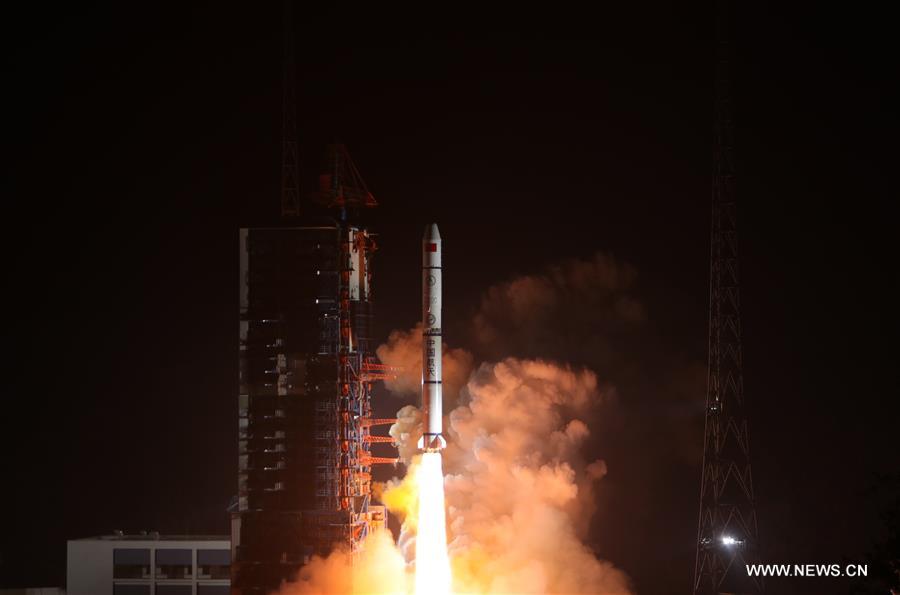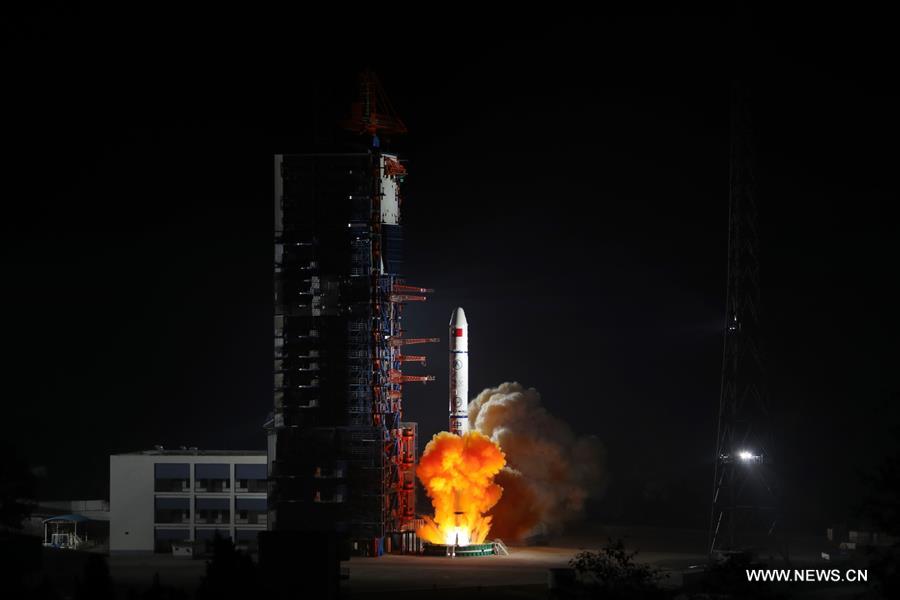SinoSoldier
Colonel
Actually, I think your translation is right. The issue I have with the Xinhua article is that should be more clear that the CASIC SRB will have diameter of greater than 4 meters.
Ignition verification should be proof of concept that the basic design of the SRB motor works (probably in a lab). Full verification should be firing a full SRB motor that can be installed into a functional space launch vehicle (presumably on an outdoors test rig/stand).
Speaking of the graphics, for the 70 ton payload variant, are they planning on putting in multiple SRB motors, or just one single, upscaled motor? I'm asking since the graphics suggest only a single nozzle.
The Xinhua article did say "greater than 4 meters"
This article says the exact diameter is 4.2 meters for KZ-21 and KZ-31.
Ignition test is as you said, a proof of concept. It usually last a short time, shorter than burning a full tank of fuel, tens of seconds. Full verification test will burn the full tank, lasting however long time, the full working time of a typical launch.
As the "multiple SRB motors for 70 ton payload", I doubt it. The tank is 4.2 meters one piece, I don't think it works by adding two motors to one single tank. In liquid rocket it works, the fuel is fluid and can be relatively easily pressed to flow to multiple motors. But in solid rocket, I imagine it would be very complicated to do so, so complicated that it is easier to make one single big motor.
Thank you all for the information (and Merry Xmas!)
I guess the "ignition verification" will be similar to the short firing test of the 3-m diameter booster back in August 2016, while the "full verification" will be a complete firing of the booster with all of its intended segments installed (like the SRB tests in the Utah Desert)?





